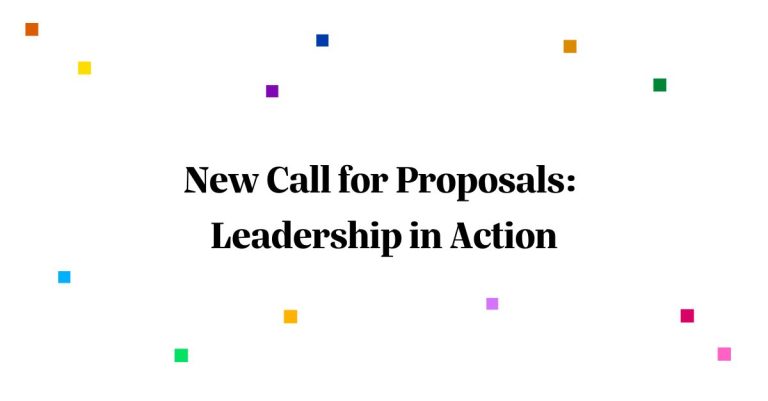
Inside NMPS 2025: Ideas and Insights in Museum Publishing
Exploring how museums can collaborate with freelance editors, develop inclusive style guides, and share their publishing work more creatively.
July 08, 2025
Exploring how museums can collaborate with freelance editors, develop inclusive style guides, and share their publishing work more creatively.
July 08, 2025
Highlighting best practices for institutions committed to ensuring equitable access to digital experiences for all visitors.
June 26, 2025
How to create editorial systems that help your team scale content marketing with clarity, consistency, and fewer bottlenecks.
June 16, 2025
Learn how Flatpage's new editorial manager Ben Clifford approaches projects and his tips for authors.
June 11, 2025
Learn more about Flatpage Publishing's most recent call for book proposals.
June 06, 2025
Cut through misinformation and make your research resonate with real audiences.
May 29, 2025
Explore six best practices to craft reports that are credible, compelling, and mission-driven.
May 22, 2025
Understand the distinct roles of fact-checking and copyediting to ensure both accuracy and clarity in your writing.
May 15, 2025
Practical strategies for designing digital museum experiences that are accessible, engaging, and audience-focused.
May 07, 2025